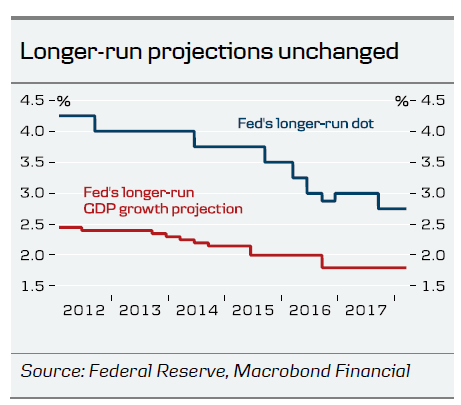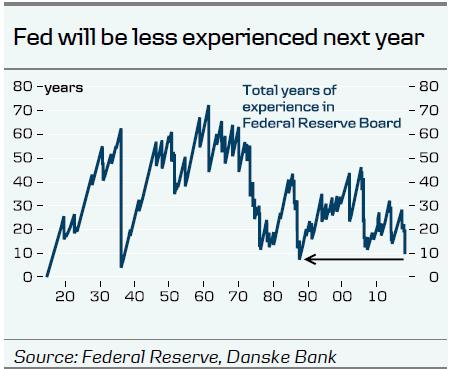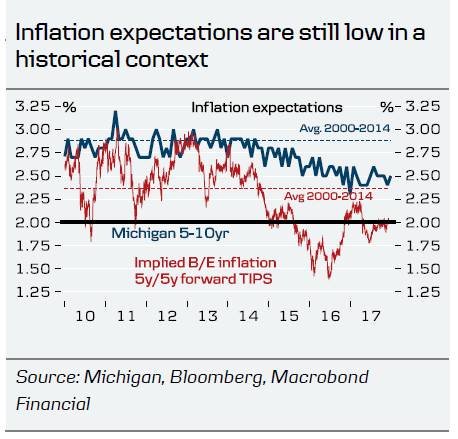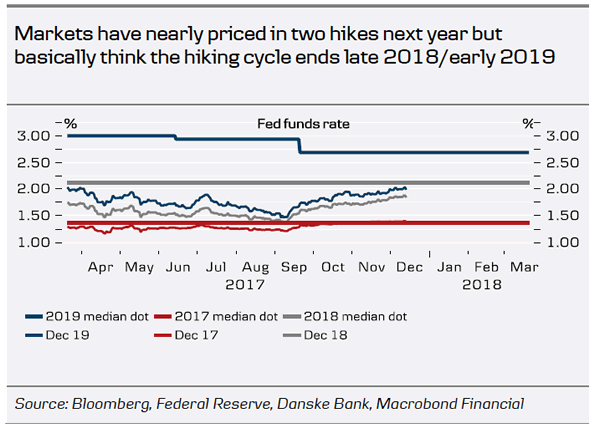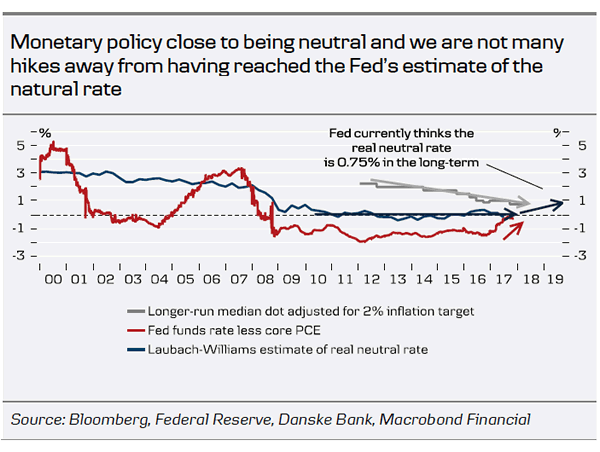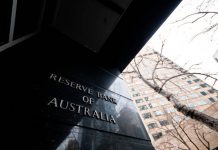- As expected, the Fed hiked the target range to 1.25%-1.50% and kept the dot signal broadly unchanged. Evans and Kashkari dissented but they are losing their voting rights next year.
- We think the Fed meeting was to the soft side. While most FOMC participants have incorporated some fiscal stimuli from tax reform into their forecasts, the dots plot was broadly unchanged, as inflation continues to disappoint the Fed.
- We still see risks in EUR/USD chiefly on the upside for 2018 but near-term EUR/USD is likely capped due to tightening in USD liquidity ahead of year-end.
Fed still signals three hikes next year
As expected by everyone, the Fed hiked the target range by 25bp to 1.25%-1.50%. In line with our expectations, the median dots still signal three hikes in 2018 and slightly more than two in 2019. The longer-run dot was unchanged at 2.75%. Kashkari and Evans, two well-known doves, voted against the hike, but both are losing their voting rights next year.
Looking at the statement, there were no major changes. The Fed still says that it is monitoring inflation ‘closely’. The Fed said it will stop commenting on the balance sheet reduction at every meeting and it will just run in the background, unless something happens.
Overall, we think the Fed meeting was to the soft side. Yellen said that ‘most’ FOMC participants have already incorporated some fiscal stimuli from tax reform into their forecasts, which likely explains why the projection for GDP growth for next year was lifted (and projection for the unemployment rate was lowered). Still the dots plot were broadly unchanged, as the Fed cannot raise rates too much, as long as inflation remains below 2%. Net effect of higher growth and lower inflation was an unchanged dot plot (see below).
Interestingly, estimates of potential GDP growth and NAIRU unemployment rate were also unchanged (see chart on page 2).
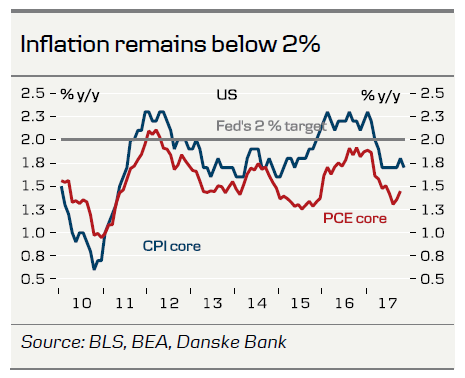
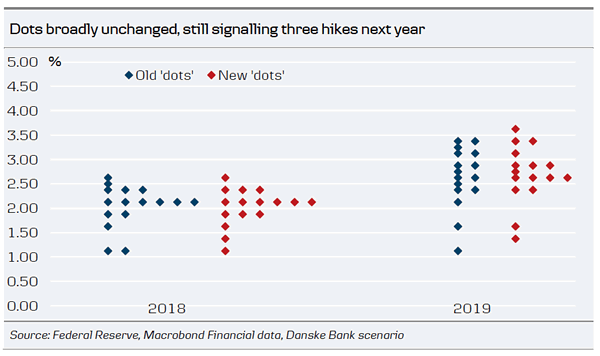
Powell is going to continue the gradual hiking cycle
While Fed Chair Yellen is still heading the next meeting on 31 January, she has de facto stepped down. We believe Fed Chair nominee Powell (his final approval should be plain sailing) will stick to Yellen’s monetary policy strategy by continuing the gradual hiking cycle and quantitative tightening, as most Fed members are putting more weight on labour market data than inflation data. The bigger question is what will happen if the US economy is hit by a shock in either direction, as Powell is less qualified than Yellen and the FOMC in 2018 is less experienced than the one in 2017. While Trump has nominated Marvin Goodfriend as Fed governor, there are still three vacant seats for Trump to fill, even if he is approved. For more, see FX Edge – inexperienced Fed to be a drag on USD, 30 November.
Yellen repeated that the Fed thinks low inflation is ‘transitory’, but we think there is a risk that inflation will remain below the 2% target in coming years. The reason is that tightness of the labour market is not the only factor determining wage growth, as second-round effects after many years with low inflation have hit wage growth (i.e. inflation expectations have moved lower). When employees expect inflation to remain low, they can live with low wage growth, as real wage growth may still be solid, making it less likely inflation will reach the target (see also Strategy: Central banks consider leaving the party, 30 June).
We expect two to three hikes next year with two hikes being our base case (June and December). Consensus among economists is three hikes, in line with the Fed’s dot plot. Markets have priced in nearly two hikes next year.
Risks in EUR/USD chiefly on the upside for 2018
EUR/USD moved back above the 1.18 mark again and the US fixed income market reacted positively on the back of the FOMC’s dovish hike. The somewhat ‘soft goodbye’ from Yellen weighed on the USD as FX markets focused on the two dissenters to the rate-hike decision and on the fact that even with tax-reform effects partially factored in the longerterm outlook was little changed, meaning there is no upside to the rate path if Trump manages to get his tax reform through. While the market still has a bit of catching-up to do when it comes to pricing Fed hikes, the FX market will in our view stay focused on the risk of fewer hikes. Further, we stress that any downside to EUR/USD from relative rates in 2018 will likely be dominated by the pricing in the FX market of the ECB taking the next step towards ‘normalisation’ of policy. That leaves risks in EUR/USD chiefly on the upside for 2018. Near term, in light of the risk of continued tightening in USD liquidity ahead of year end, we stress that upside in EUR/USD should be capped and continue to see the cross staying within the 1.16-1.20 range in coming weeks.
